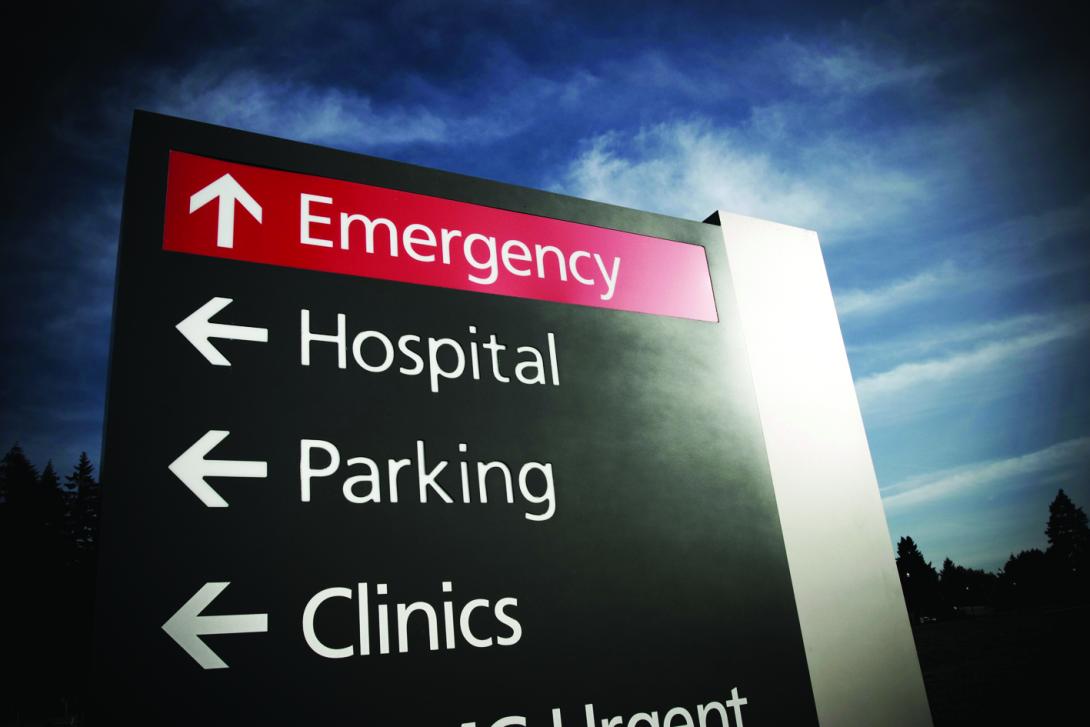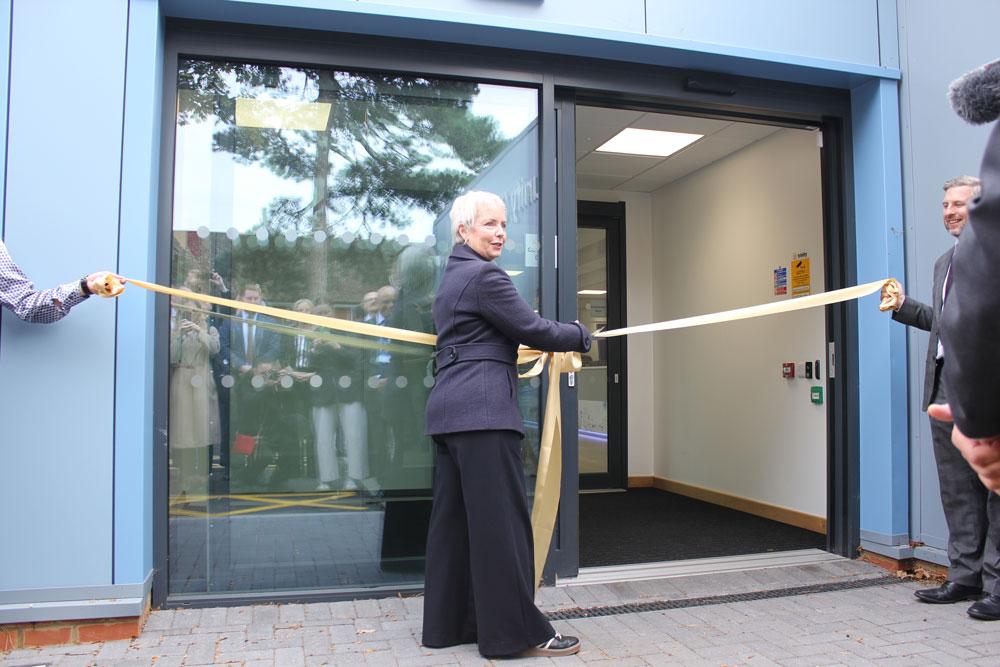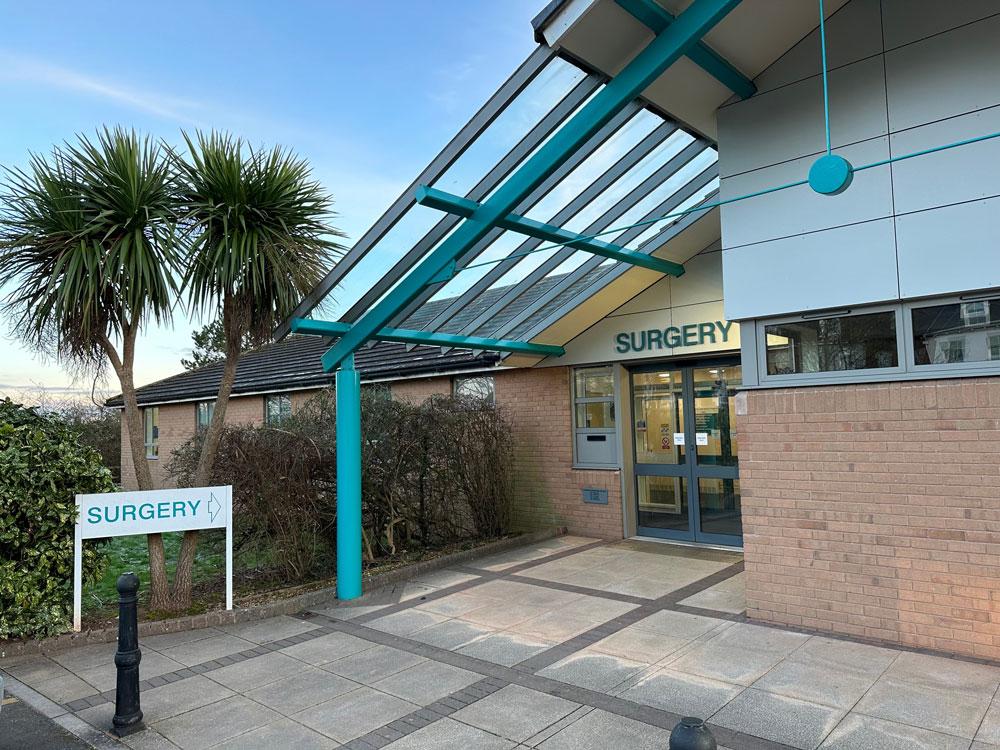Martin Steele, CEO of NHS Property Services, explains the lessons learnt that will help NHSPS improve the health estate and ensure it continues to be fit for patients now and into the future
As 2022 begins, it is important not only to look to the future, but also to reflect on the past year. Last year brought with it many challenges, including for the health service. The continued demands of the Covid-19 pandemic combined with the ever-increasing patient backlog put immense pressure on the NHS. For our team at NHS Property Services (NHSPS), this meant drastically changing our ways of working and the way space is used in our buildings across the health estate. From adapting our spaces to support the vaccine rollout, to exploring how community-based health and wellbeing initiatives can be delivered locally, we have learnt lessons that will help us to improve our health estate and ensure it continues to be fit for patients now and into the future.
Optimising the NHS estate
Essential to the running of the health service are our 5,000 strong team of non-clinical frontline workers, who played a key role in the NHS’ Covid-19 response. Over the course of the year, they carried out over 7,000 Covid-19 deep cleans in hospitals, health centres, GP surgeries and clinics across the country to stop the spread of infection and protect patients and NHS colleagues, in addition to delivering their normal cleaning services. Throughout the pandemic, I have seen first-hand the important role our estates professionals play, alongside our NHS colleagues, to ensure patients receive the best possible care.
By collaborating with partners more broadly across the NHS, we have also ensured that our existing assets have been adapted in a way that best utilises the available space. Our expertise in property and facilities management allowed us to create additional clinical capacity, increase testing capability and promote better infection control in the sites that we own and manage. This could not have been done without collaboration between all those involved in the regional estate delivery system. Our skills have enabled us to support local systems, who are relying on us to understand the data available from our sites, the demand on our estate, its availability for use and the resources and capabilities we have as an organisation, so they can best serve their communities.
For example, at a community hospital in Devon, we were charged with identifying and opening additional space to support the vaccination roll-out in under two weeks. This meant rapidly assembling our project team as well as a network of external contractors to repurpose former ward space for use as a vaccination clinic for three local GP surgeries. Working with the local primary care network, the NHSE Primary Care Estates team and clinical commissioning group, our Covid-19 reaction taskforce and facilities management team installed LED lighting upgrades, replaced carpets with vinyl flooring in clinical areas, completed multiple deep cleans, and even put up a marquee to shelter patients awaiting vaccination.
It is vital that urgent demands for space such as these are met swiftly. By having a sound knowledge of our buildings and collaborating with the NHS, local health systems and the NHSE Primary Care Estates team to share knowledge and pool skills, we can continue to make the most effective use of space.
The importance of localised healthcare
With the shift to integrated care, ensuring patients can easily access health services in their local community is more important than ever. These are considerations that hospital managers, and property developers alike should keep front of mind and is something that we at NHSPS have been investing in.
So far, we have overseen a 20 per cent increase in capital investment, which has resulted in improvements to NHS sites such as GP surgeries and hospitals across England. For example, this included the development of a community hub at Guisborough Primary Care Hospital, which now provides much-needed services to the local population. The project completely refurbished and upgraded the space to deliver a modern and fit-for-purpose community health centre and has resulted in savings of £9.6 million for the NHS, since existing space was adapted to meet patient demand instead of a new site being developed.
Our Healthy Places programme – now in its second year – aims to do just that. The projects under this scheme range from refurbishments and new builds, to accommodating social prescribing initiatives. Delivering more than 100 projects already, it is helping to solve local healthcare needs and improve outcomes for patients and clinicians alike. At Rotherham Health Centre, for example, we completed a large-scale refurbishment, transforming vacant space into 26 new consultation and treatment rooms for an ophthalmology service. The new rooms mean that the ophthalmology service could move out of an acute hospital setting and be closer to the community it serves.
Moving forward, as the grip of the pandemic eases, patient needs will inevitably change. At NHSPS, we are ready to help the health service adapt to this, optimising our estate to meet future requirements in a sustainable and efficient way. Whether reconfiguring, optimising or building new spaces, we are helping to futureproof the health estate for the benefit of patients and the NHS.





